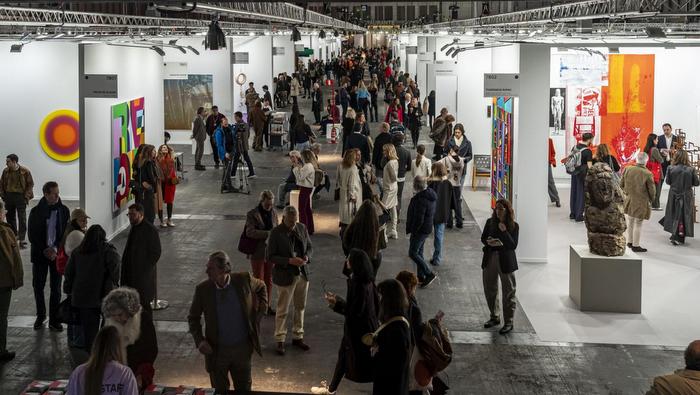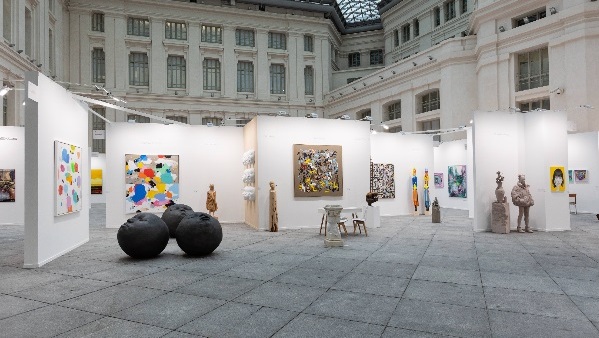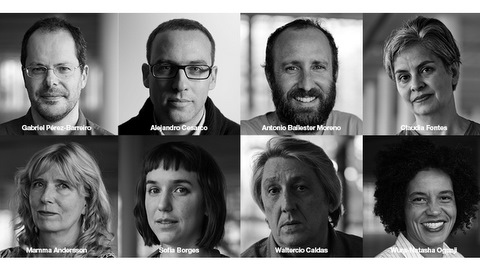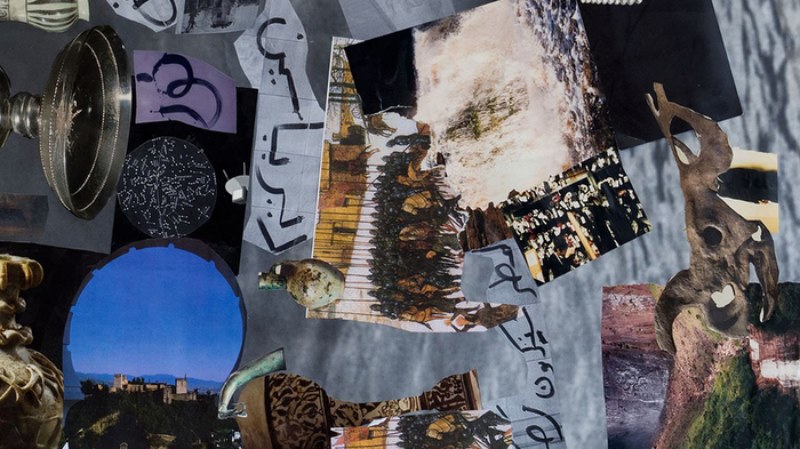Less than a year before its opening, the 33rd Bienal de São Paulo – Affective Affinities proposes a shift in the way the exhibition itself is organized. In an effort to propose an evolution in the pervasive curatorial model in contemporary art exhibitions, Gabriel Pérez-Barreiro’s proposal to distribute decision-making power and to focus on the creative relationships between processes and artists was selected by the Fundação Bienal.
As a way of questioning the predominant thematic model in contemporary curatorial projects, the 33rd edition proposes an alternative “operating system” to shed light on the way that artists articulate and understand their creative communities. Seven artists from different backgrounds, generations and art practices were invited by Pérez-Barreiro to each conceive a group show in which their work dialogues with that of their peers. As a result, the Bienal will host seven different exhibitions curated by the following artists:
Alejandro Cesarco is focusing his research on artists that work on translation and image; Antonio Ballester Moreno proposes a dialogue with references that touch on the history of abstraction and its relationship with nature, pedagogy and spirituality; Claudia Fontes will activate issues involving the relationship between art and narrative; Mamma Andersson will examine figuration in the painting tradition, from popular art to contemporary art; Sofia Borges will research tragedy and the ambiguous form; Waltercio Caldas will develop a historical reflection on form and abstraction and Wura-Natasha Ogunji will bring together a group of artists that work with proximity, sharing issues on identity and African diaspora.
“By engaging directly with the artist, this model gives privileges process and affinity in dialogue with a long tradition of artists acting as curators”, explains Pérez-Barreiro. The seven group exhibitions will be complemented by various solo exhibitions selected by the chief curator. The final list of participants will be announced in the first half of 2018.
Affective Affinities
Affective Affinities is the guiding principle behind this Bienal. The expression brings together Goethe’s concept of Elective Affinities (1809) and Mário Pedrosa’s thesis “On the Affective Nature of Form in the Work of Art” (1949).
As a key figure in the history of art and a political activist, Pedrosa played a unique role in Brazilian modern thought generally and in the early editions of the Bienal de São Paulo specifically:
“I am inspired by Pedrosa’s commitment to the diversity of artistic languages, his conviction that art is an expression of freedom and experimentation, his faith in the artist, and the social and transformative role that art can play by expanding sensibility”, explains Pérez-Barreiro.
The title is clearly not a theme for the exhibition, instead it reflects the way in which it was conceived. Just as in Goethe’s book the relationship of the protagonist couple is impacted by the arrival of guests (a process he discusses in terms the affinities between chemical elements), in a parallel manner the curators of the 33rd Bienal de São Paulo are interested in showing the artistic and cultural links and affinities and the multiple influences that are intrinsic to the artistic process.
Mediation, architecture and editorial project
The education, architectural and editorial projects are being developed in line with the concepts established by the curatorial proposal. Working in partnership with the Fundação Bienal, the invited collaborators are Alvaro Razuk (exhibition design), Lilian L'Abbate Kelian and Helena Freire Weffort (education), Fabiana Werneck (publishing) and Raul Loureiro (visual identity).
In order to emphasize the different exhibition proposals that constitute the Bienal, the architectural project designed by Razuk will prioritize a clear articulation between the various exhibitions, also providing ample areas for social gathering and rest.
The mediation initiatives within the educational project focus on the economy of attention, in an effort to offset the distraction caused by the huge volume of information and images to which we are subjected daily. Encouraging visitors to question the exhibition, the approach focuses on the quality and power of the attentive gaze, privileging long and intentional engagements with the artworks through a series of suggested exercises in looking.
For the editorial project, the traditional catalogue will be replaced by a series of artist books. The Bienal will also publish an extensive catalogue of the exhibition after the opening, including photographs of the installation, as well as interviews with participating artists. The graphic identity of the 33rd Bienal de São Paulo uses the Helvetica font as its visual identity, prioritizing clarity and neutrality. In line with the idea of a non-thematic exhibition, the number 33 will be highlighted as a graphic element.
In an attempt to align thought and feeling, creation and reflection, the 33rd Bienal de São Paulo is conceived as an exhibition that favors experience over discourse, discovery over theme and plurality over uniformity. By questioning power relations within the art world and shifting the weight of decision-making, the 33rd Bienal de São Paulo aspires to reaffirm the power of art as a unique place to focus attention in, to, and for the world.
Related Publications

Art Palm Beach 2026 Announces Exhibitor Roster and Featured Exhibitions
December 26, 2025
ARCOmadrid announces the participating galleries in its 45th edition
December 19, 2025












